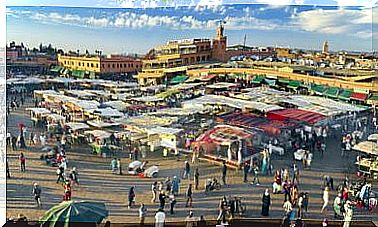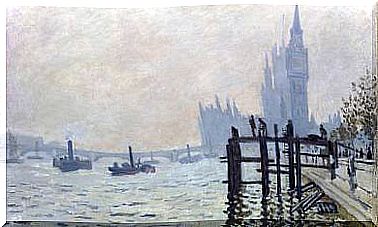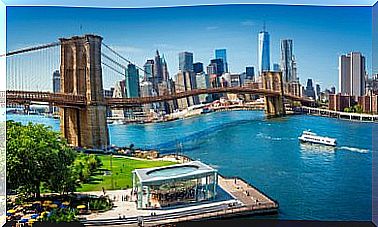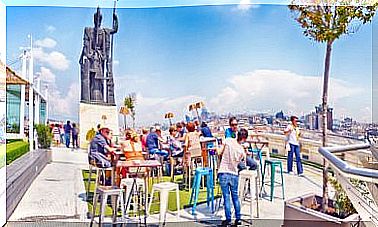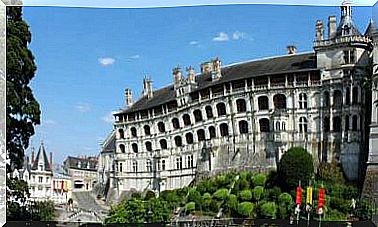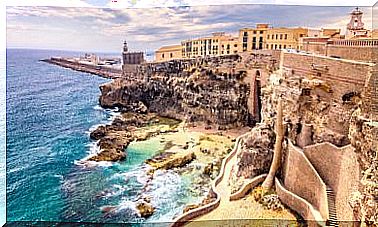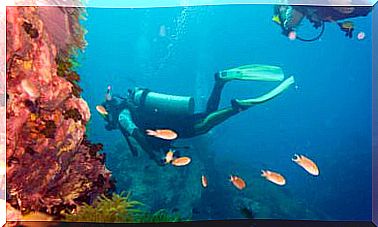A Visit To The San Isidro Museum In Madrid
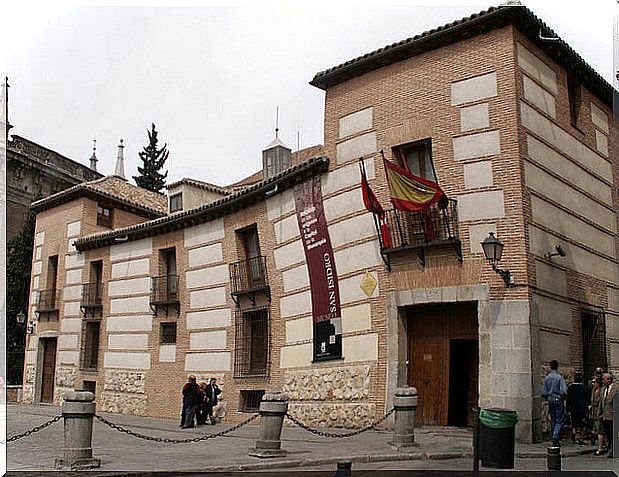
The Museum of San Isidro offers the visitor a walk through the oldest history of the Spanish capital. A good way to learn about the origins and evolution of a city for which the saint who gives the museum its name is its patron. We are already entering it. You come?
A unique building for the San Isidro Museum
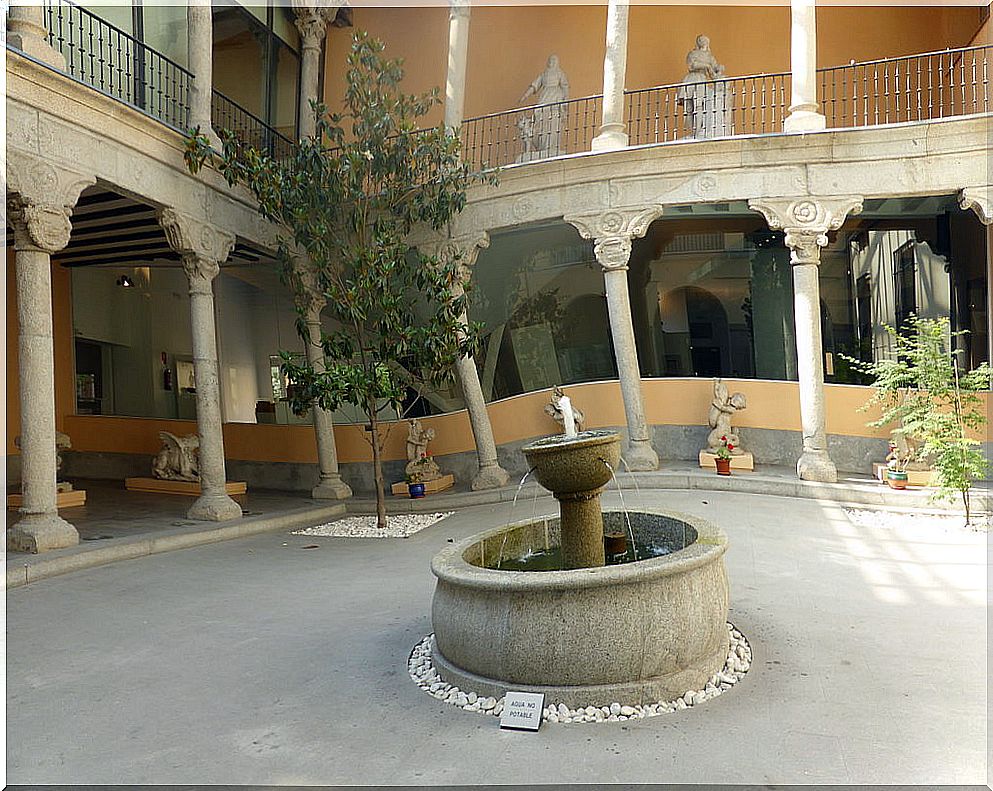
The fact that the museum is in this building is no coincidence. It is about the reconstruction of a 16th century palace. A building that has already been built on the old palace of the Vargas, patrons of the saint. In other words, San Isidro lived and died in this place.
The palace, we said, is not original, but a reconstruction carried out at the end of the last century. The old building was in such bad shape that it had to be demolished. In 1986 it passed into the hands of the Madrid City Council, who ordered it to be raised again and made it the architectural marvel that we can enjoy today.
Despite everything, it was possible to save and integrate some original elements of the old construction that had been preserved. We are talking about the chapel of San Isidro, the well in which according to tradition the saint saved his son from drowning or the beautiful Renaissance courtyard.
The history of the San Isidro Museum
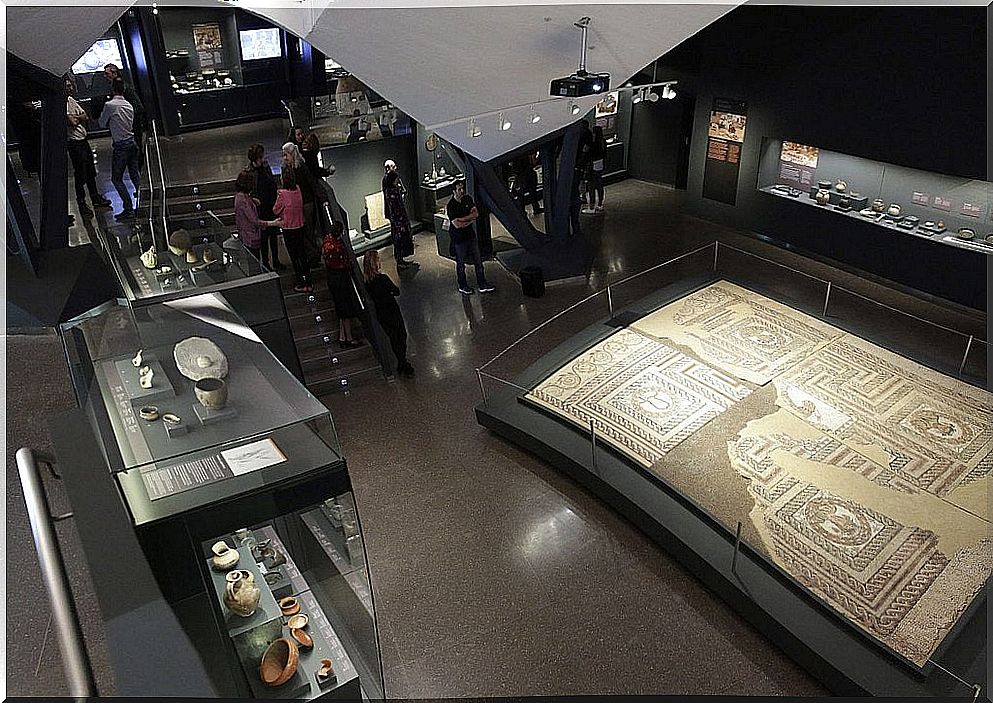
This museum is owned by the Madrid City Council and was inaugurated in 2000. The desire was to show the origins and growth of the city until it became the capital of the kingdom.
In the Museum of San Isidro, objects from prehistoric peoples to Roman remains are exhibited. Also pieces related to the founding of the city by the Arabs and others that explain how it developed from its conquest by the Christians in 1085 to the 16th century.
A tour in which you can also see various models and engravings. Everything to offer a summarized version of the history of Madrid.
Exhibitions to see at the San Isidro Museum
The permanent exhibition of the museum is divided into several sections that follow a chronological order. In this way, it is intended to facilitate the understanding of those essential aspects in the history of Madrid.
Paleolithic
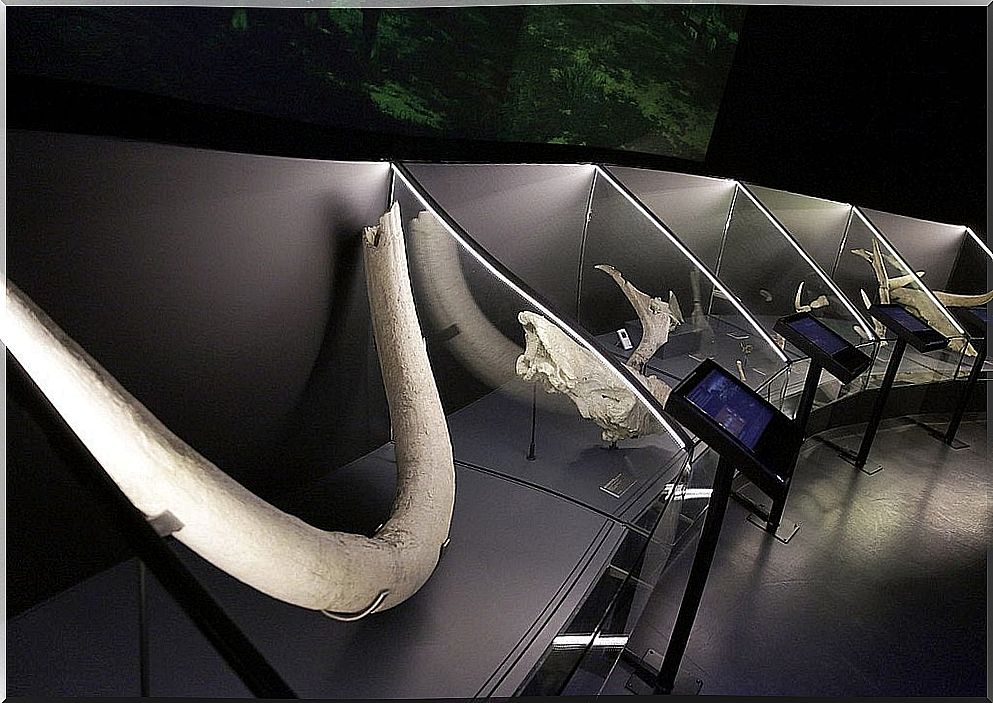
The Manzanares valley, the river that runs through the city, was already populated in prehistory. The numerous fossils and tools that have been found and that are partly exhibited in the showcases of this museum attest to this.
Specifically, here you can see objects such as hunting and work utensils. Some would be up to 500,000 years old.
The Agriculture
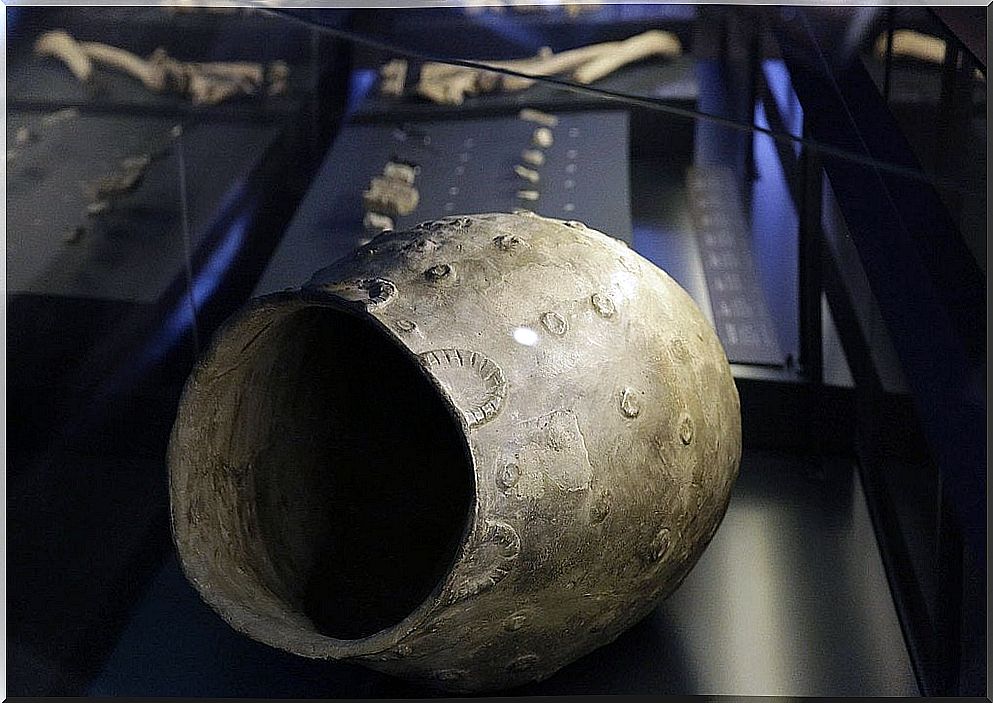
The first step to civilization after the Paleolithic era was the development of agriculture, the protagonist of the second part of the exhibition at the San Isidro Museum. At this time, pottery and bronze began to be worked, and proof of them are the many vessels and containers that are exhibited here.
You can also see remains of a town from the Bronze Age and elements belonging to a funeral trousseau.
The beauty of art
The Romans also settled on the banks of the Manzanares, specifically in what is now Villaverde Bajo. And from that ancient Roman villa, the museum exhibits pieces that range from mosaics to sculptures or glass.
The Visigoths would “reuse” elements of those Roman settlements. From that time, remains of a necropolis are exhibited in the museum.
The founding and growth of the city
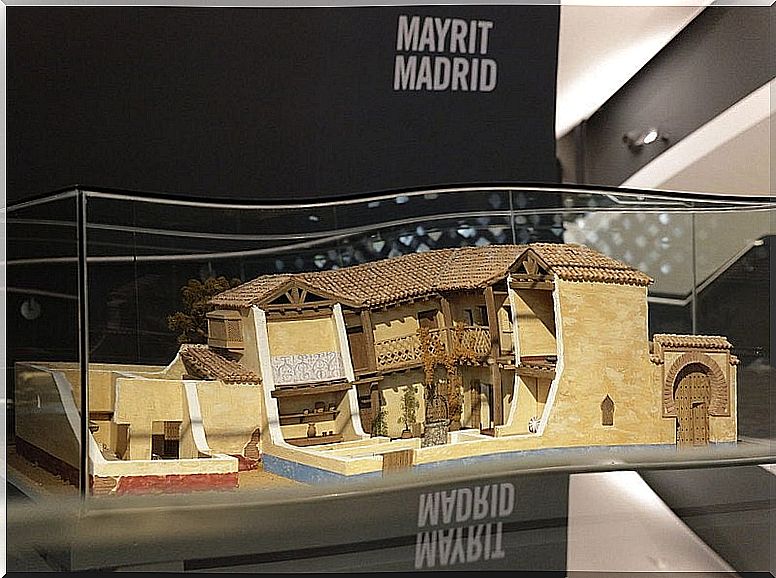
It was the Arabs who founded the old Mayrit in the 9th century. Since then the city would not stop growing. Thus, you can see various pieces of pottery and remains of the fortress.
The historical tour ends showing the growth of the city after the Christian conquest, and especially after the arrival of the Court in 1561 with Felipe II. All, without forgetting a section dedicated to the saint that gives the museum its name, San Isidro.
As you can see, the San Isidro Museum in Madrid has a huge story to tell. A history that spans thousands of years, from the first settlers to the final take-off of Madrid as the capital of Spain. Are you going to miss it?

